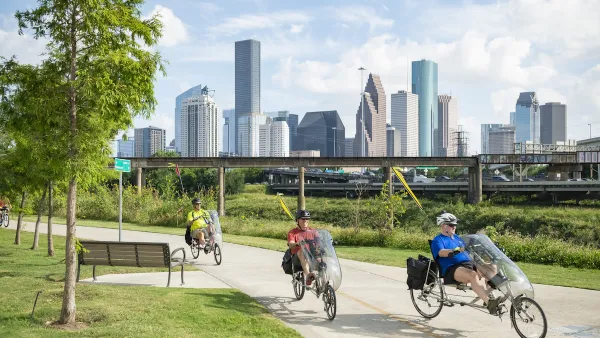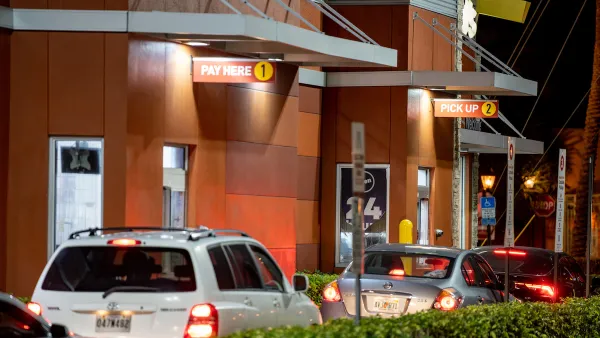The draft pedestrian plan seeks to get the community involved in making streets safer and more walkable.

Cinnamon Janzer reports on the recently released draft of the Milwaukee Pedestrian Plan. While the city has seen a slight decrease in pedestrian crashes in recent years, the number of severe and fatal crashes has risen. As a result, pedestrian safety and walkability are key focuses of the new plan.
City officials say the pedestrian plan is being modeled after Milwaukee’s successful 2010 bike master plan. Community engagement is also an important feature of the pedestrian plan, says Janzer:
For example, one recommendation is to provide ways for people to report access problems. An accompanying action item would have the city urge residents to report snow and ice issues in addition to damaged sidewalks and inaccessible transit stops by phone and online. Another snow-focused action item tied to maintaining sidewalks year-round is about educating property owners on their snow removal responsibilities so that they can be relied upon to stay on top of day-to-day management.
The city also wants to see pedestrian planning better incorporated into street design and complete streets planning. "While cost will be a hurdle to clear, Mike Amsden, the city’s multimodal transportation manager, notes that many of the action items won’t require new funding — just a different way of thinking about and using the money that’s already been allocated," notes Janzer.
FULL STORY: Milwaukee’s Pedestrian Plan Calls Out Snowy Sidewalks

National Parks Layoffs Will Cause Communities to Lose Billions
Thousands of essential park workers were laid off this week, just before the busy spring break season.

Retro-silient?: America’s First “Eco-burb,” The Woodlands Turns 50
A master-planned community north of Houston offers lessons on green infrastructure and resilient design, but falls short of its founder’s lofty affordability and walkability goals.

Delivering for America Plan Will Downgrade Mail Service in at Least 49.5 Percent of Zip Codes
Republican and Democrat lawmakers criticize the plan for its disproportionate negative impact on rural communities.

Test News Post 1
This is a summary

Test News Headline 46
Test for the image on the front page.

Balancing Bombs and Butterflies: How the National Guard Protects a Rare Species
The National Guard at Fort Indiantown Gap uses GIS technology and land management strategies to balance military training with conservation efforts, ensuring the survival of the rare eastern regal fritillary butterfly.
Urban Design for Planners 1: Software Tools
This six-course series explores essential urban design concepts using open source software and equips planners with the tools they need to participate fully in the urban design process.
Planning for Universal Design
Learn the tools for implementing Universal Design in planning regulations.
EMC Planning Group, Inc.
Planetizen
Planetizen
Mpact (formerly Rail~Volution)
Great Falls Development Authority, Inc.
HUDs Office of Policy Development and Research
NYU Wagner Graduate School of Public Service





























